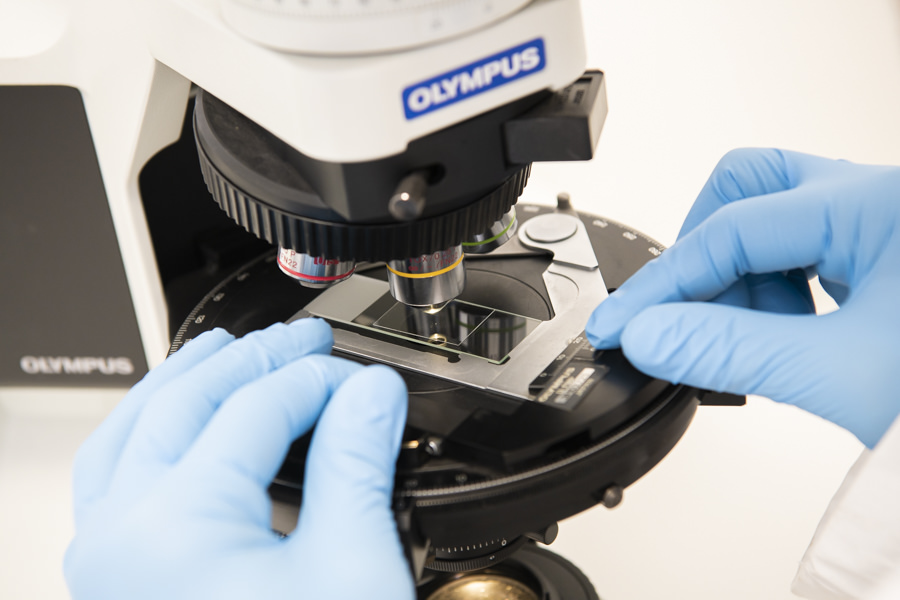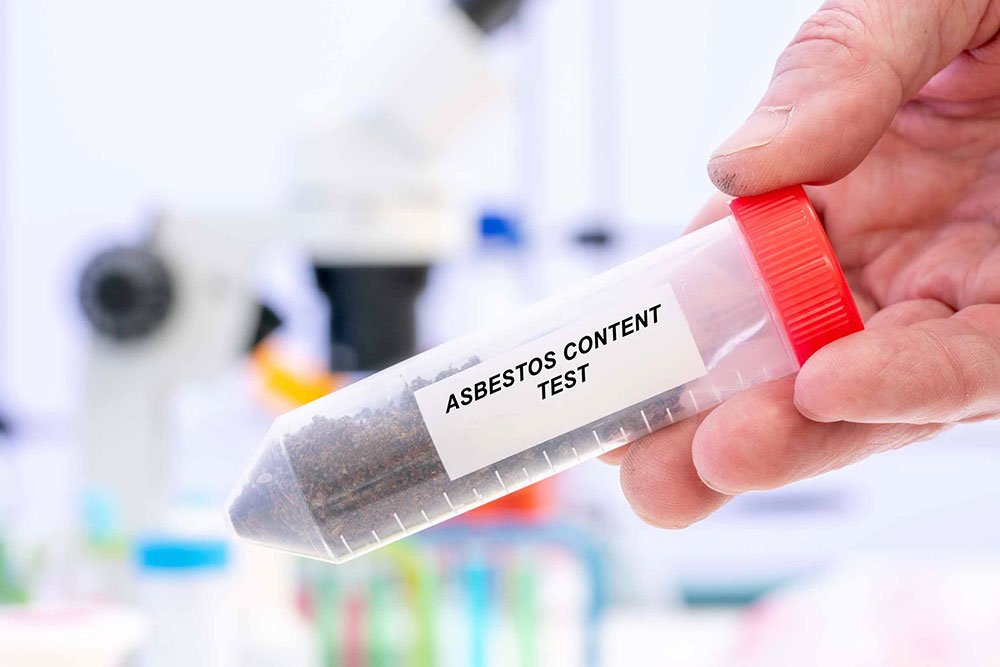Asbestos Testing: Detailed Inspections to Ensure Full Safety And Security
Asbestos Testing: Detailed Inspections to Ensure Full Safety And Security
Blog Article
The Total Process of Accredited Asbestos Examining to Make Sure Building Compliance
In the realm of home management and conformity, the procedure of recognized asbestos testing stands as an important element to ensure the safety and security and health of occupants. Comprehending the detailed steps included in this testing procedure is extremely important for homeowner and managers alike. From the preliminary analysis to the last analysis of results, each stage plays an important role in figuring out the visibility of asbestos within a residential property. Let's explore how this careful procedure unfolds to guarantee adherence to stringent regulations and safeguard against possible carcinogen.
Accredited Asbestos Testing: First Analysis
In carrying out the first assessment for certified asbestos testing, a thorough assessment of the home's materials is crucial to precisely recognize prospective asbestos-containing materials. This essential step entails visually inspecting all locations of the residential or commercial property, including ceilings, walls, floor covering, insulation, and other building products that may harbor asbestos. Special interest is given to products that are susceptible to damage or disruption, as these scenarios can release damaging asbestos fibers into the air. Furthermore, sampling of presumed materials might be essential to confirm the visibility of asbestos through laboratory evaluation.
Recognized asbestos assessors follow rigorous procedures established by regulatory bodies to guarantee the precision and dependability of the screening process. By carefully documenting searchings for and utilizing innovative screening methods, assessors can supply homeowner with a detailed report detailing the existence of asbestos, if any type of, and the advised steps for mitigation or elimination. This initial assessment sets the foundation for subsequent activities to deal with asbestos issues and ensure the safety and security and conformity of the building.
Sample Collection Procedures for Asbestos Evaluating
Reliable example collection treatments are crucial in making sure accurate asbestos screening outcomes and compliance with governing requirements. When collecting examples for asbestos testing, it is critical to comply with rigorous protocols to lessen the danger of contamination and make sure the integrity of the outcomes.
First of all, it is essential to identify the believed asbestos-containing products (ACMs) and focus on tasting locations based upon elements such as the product's condition, ease of access, and possibility for disturbance. Asbestos Testing. Examples must be accumulated from numerous areas within the residential property to offer a detailed assessment of asbestos presence
During sample collection, licensed professionals ought to wear appropriate individual safety devices (PPE) to secure against asbestos direct exposure. They must use tidy devices, such as disposable gloves and plastic bed linen, to avoid cross-contamination between examples. Samples should be meticulously gathered utilizing a specified method, such as damp wiping or coring, and safely secured in closed containers to preserve their honesty during transport to the laboratory for analysis.
Research Laboratory Analysis Refine for Asbestos Samples
Upon completion of the example collection procedure, the asbestos samples are thoroughly carried to accredited research laboratories for thorough analysis. At the lab, educated technicians take care of the examples with extreme care to avoid any cross-contamination or example degradation. The very first step in the laboratory analysis process is sample prep work, where the collected samples are thoroughly processed to extract the asbestos fibers. Asbestos Testing. This step is vital to make certain exact cause the subsequent analysis.

Once the analysis is complete, a comprehensive report is produced, describing the findings and verifying whether asbestos is present, the kind of asbestos fibers identified, and the concentration levels. This info is essential for homeowner to take the needed steps to make certain compliance with asbestos guidelines and safeguard the health and wellness of residents.

Coverage and Analysis of Asbestos Test Outcomes
Recognized asbestos testing research laboratories provide comprehensive reports that supply vital insights into the visibility, type, and focus degrees of asbestos fibers located in examples collected from residential properties. These records are crucial for building owners and supervisors to understand the danger posed by asbestos and make notified choices regarding its management or elimination. The records commonly consist of details on the approaches made use of for screening, the areas where examples were taken, the sort of asbestos identified (such as chrysotile, amosite, or crocidolite), and the focus degrees of asbestos fibers spotted.
Translating these outcomes needs know-how to analyze the prospective health and wellness risks connected with asbestos direct exposure, identify the suitable strategy, and make sure governing conformity (Asbestos Testing). Depending on the findings, referrals might vary from continued monitoring and sites upkeep to view publisher site encapsulation or total asbestos abatement. Homeowner need to meticulously examine these reports and seek advice from asbestos experts to create a thorough plan for resolving any asbestos concerns identified
Making Sure Building Compliance With Asbestos Regulations
To maintain adherence with asbestos regulations, home owners have to carefully apply procedures to guarantee conformity with suitable laws and standards. Once asbestos is recognized, residential property owners have to adhere to asbestos management intends that summary proper containment, elimination, or encapsulation treatments to stop direct exposure and spread of asbestos fibers.
Homeowner need to offer asbestos recognition training to employees and passengers to reduce the risk of asbestos exposure and make sure proper handling of materials that might have asbestos. Furthermore, it is crucial to remain educated regarding any updates or modifications in asbestos regulations to adjust administration techniques accordingly. By proactively attending to asbestos conformity requirements, homeowner can develop a safe setting for occupants and minimize prospective legal and health dangers connected with asbestos direct exposure.
Verdict
In conclusion, approved asbestos testing is an important procedure for making certain residential or commercial property compliance with laws. The preliminary assessment, example collection procedures, lab evaluation, and analysis of outcomes are very important action in this procedure. By following these procedures, residential or commercial property owners can identify and deal this website with any kind of asbestos risks existing, safeguarding the health and wellness of owners and keeping conformity with regulative demands.
Report this page